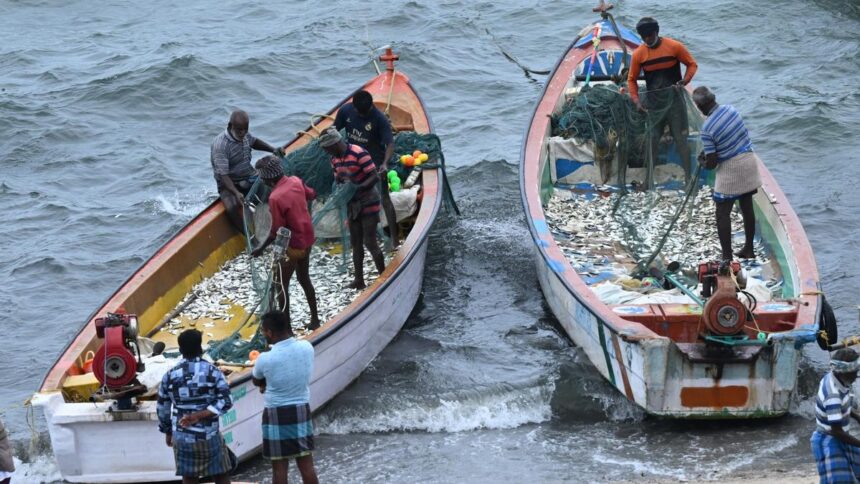The Bay of Bengal: A Vital Hub for Global Fishery Production
Despite covering less than 1% of the world’s ocean area, the Bay of Bengal provides nearly 8% of global fishery production. Its nutrient-rich coastal waters are crucial for the densely populated communities along its shores, many of whom rely heavily on fisheries for food and income.
A study exploring fluctuations in the Indian Summer Monsoon (ISM) over the past 22,000 years has found that strong and weak monsoons can significantly influence marine productivity in the Bay of Bengal. Marine productivity, a proxy for plankton growth, is the main source of nourishment for aquatic life.
The study, published in the peer-reviewed journal Nature Geoscience, brought together scientists from India, China, Europe, and the United States. By analyzing their chemistry and tracking the abundance of certain types of plankton that thrive in productive waters, the researchers reconstructed long-term changes in rainfall, ocean temperatures, and marine life in the Bay of Bengal.
The study found that both abnormally strong and weak monsoons throughout history caused major disruptions in ocean mixing, leading to a 50% reduction in food for marine life in the surface waters. This occurs because extreme monsoon conditions interfere with the vertical movement of nutrient-rich waters from the deep ocean to the surface, where plankton— the base of the food chain—flourish.
To reconstruct past ocean conditions, scientists analysed fossilised shells of foraminifera, tiny single-celled marine organisms that record environmental data in their calcium carbonate shells. These microfossils were retrieved from seafloor sediments by scientists aboard the JOIDES Resolution, a research ship operating under the International Ocean Discovery Program.
The researchers found that marine productivity declined sharply during periods like Heinrich Stadial 1 (a cold phase between 17,500 and 15,500 years ago) and the early Holocene (about 10,500 to 9,500 years ago), when monsoons were either unusually weak or strong. Monsoon rainfall directly affects river runoff into the Bay of Bengal, altering ocean salinity and circulation. When too much freshwater builds up at the surface, it prevents nutrient mixing. Conversely, weak monsoons reduce wind-driven mixing, also starving surface waters of nutrients.
Both extremes threaten marine resource availability, according to the study. By comparing ancient patterns with modern ocean data and climate model projections, researchers identified worrying similarities. Future scenarios suggest warmer surface waters and stronger freshwater runoff conditions linked to past drops in marine productivity. Additionally, weaker future winds may fail to break through ocean stratification and restore nutrient cycling.
This study highlights the importance of understanding and managing the impacts of climate change on the Bay of Bengal’s marine ecosystem. As the world continues to face the challenges of climate disruption, it is crucial to maintain and protect the Bay of Bengal’s vital role in global fishery production.
Reference : https://www.thehindu.com/sci-tech/science/changes-in-monsoon-strength-affects-marine-productivity-in-bay-of-bengal/article69503841.ece








